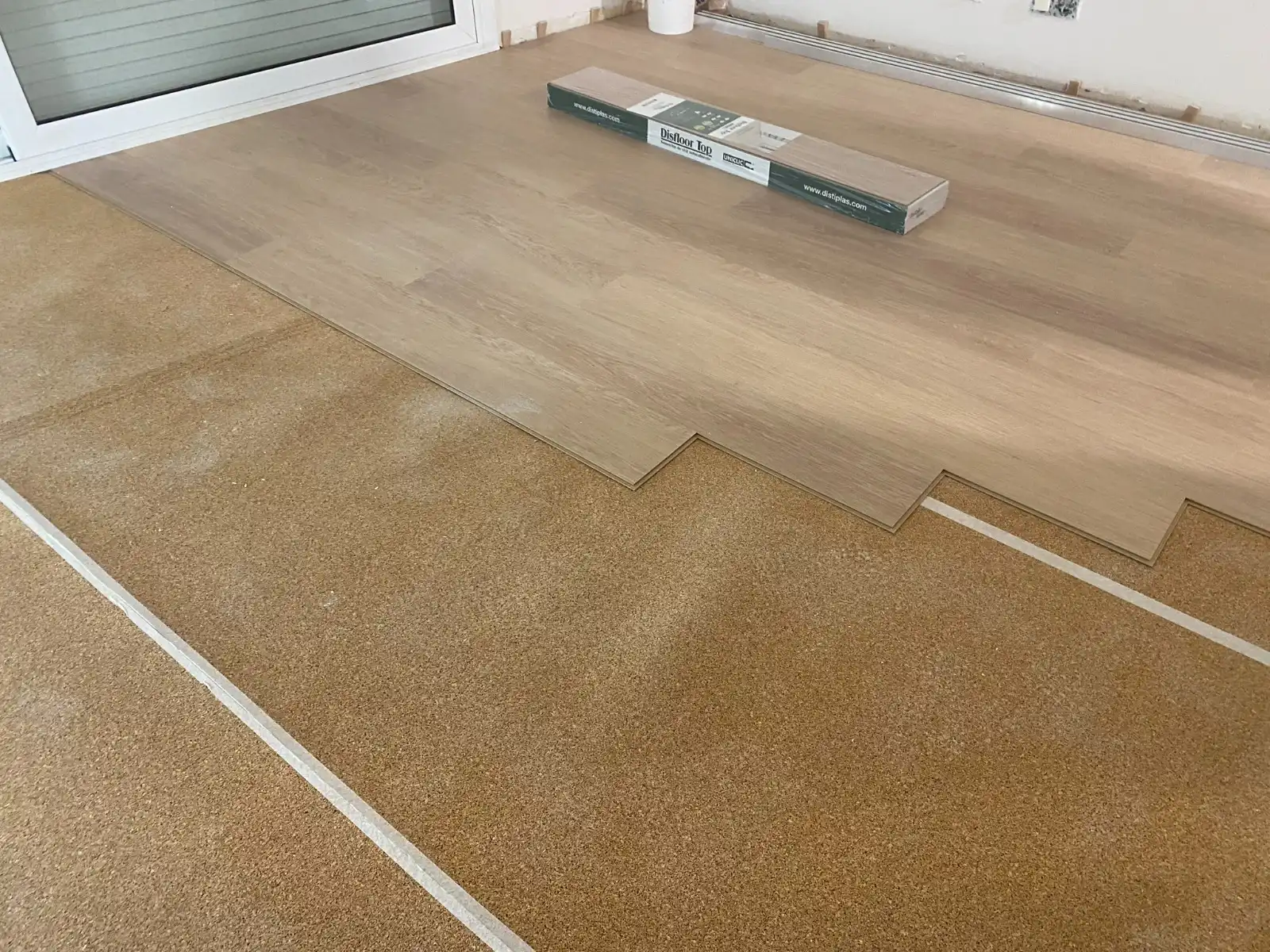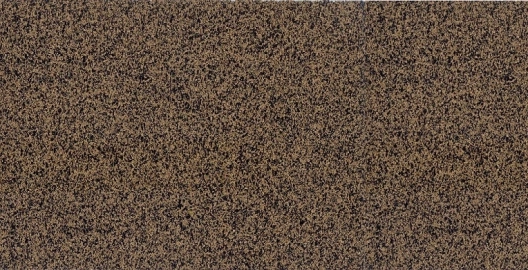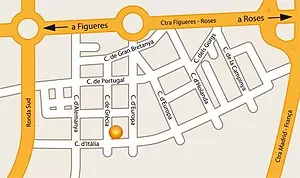How to reduce electricity consumption by installing parquet and cork?
If you are going to install parquet, surely you have considered that it has to be useful both in summer, when it is hot, and in winter, when the most important thing is to preserve the warm environment inside the home to thus achieve an energy efficient home, maximizing comfort and minimizing energy consumption. It is for this reason that when installing parquet it is a better option to use cork as a base instead of the typical transparent foam. We'll explain why: cork is a thermal and acoustic insulating material that will help maintain heat for longer in winter and improve comfort.

What is the best option for thermal and acoustic insulation in floors?
It is a material that is supplied in Cork Rolls as a Base for Parquets and is special for this use. It also serves as a shock and vibration absorber, as well as being a very good thermal and acoustic insulator. As the cork is compressible and recovers, when stepping on the parquet the sensation is not so hard, but rather more flexible.

What are the characteristics of cork for floors?
Its appropriate density for sound and vibration absorption is certified by an Acoustic Impact standard, with reference UNE EN ISO 717-2, and has passed various tests with a damping result of ΔLW of (dB) 20 for a thickness of 4,- mm.
The result is a vegetal, ecological, flexible and highly compressible product with very good recovery. It is ideal as a sub-base for light pavements and wooden parquets. In addition, it is a technical and economical product that neutralizes static electricity due to the use of various granules, it is not polished and when it is installed hidden, its aesthetics are not taken into account.
What measurements and characteristics does the cork base for parquet have?
Its density is 200 kg/m3, and its standard width is 1 m. It is manufactured in different thicknesses: 2, 3, 4, 5 and 8 mm. The lengths are variable according to the thickness. We have a Technical Sheet available upon request without obligation.
What material is advisable for moisture in floors?
Rollcork agglomerated natural cork, like the D-200 Sub Parquet model presented above, is a very good thermal and acoustic insulator. Ideal as a sub-base for light flooring and wooden parquets. It is not an anti-humidity material, at very high humidity levels it could swell since it is vegetal and it slowly absorbs the humidity that can reach it on its support to the ground if it is humid. In this case, we recommend first placing a plastic sheet or moisture barrier-type sheet on the floor and then the agglomerated natural cork.
In the case of floors with extreme humidity, we suggest a Cork Rubber base.
This product is presented in Rolls of Cork Rubber Sub Parquet and Light Flooring (with reference BPA-560).

This is a mixed product made up of select fine granulates of cork that are agglomerated with polyurethane synthetic rubber and vulcanized. Its manufacture is in blocks that are later rolled into rolls.
Helps to reduce impact noise and vibrations. It also provides thermal insulation and moisture barrier. It is resistant to moisture and water. It has high durability and long-term strength. In addition, it provides high performance with reduced thickness.
It is a flexible and highly compressible product with very good recovery. It is a very good thermal and acoustic insulator, Ideal for sub-base of light pavements and wooden parquets. It can also be used for expansion joints in construction.
We have a Technical Sheet on request without obligation.





